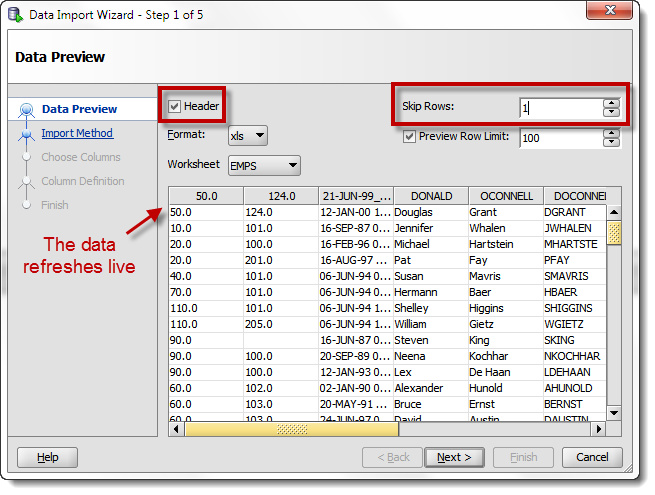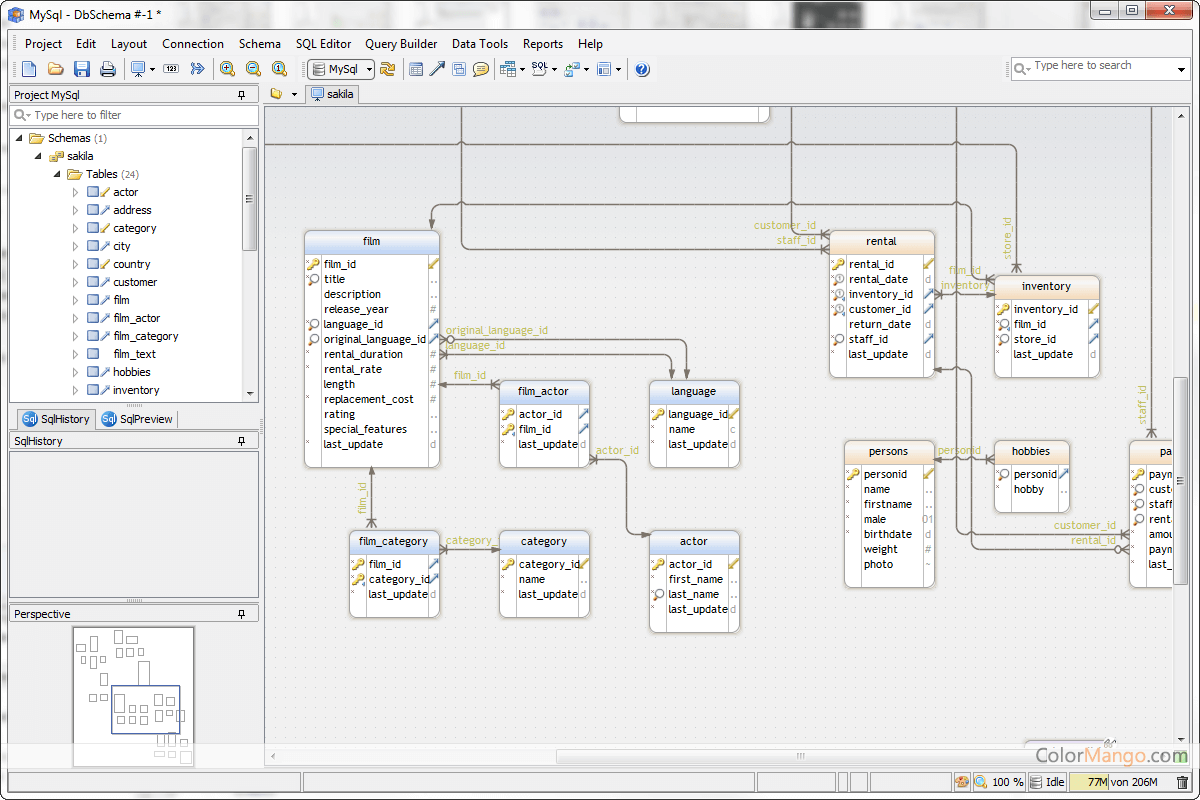
Once you have configured the required options, click next for review of the selections. Script constraints, indexes, primary and foreign keys Table/ View Options: it provides various configurations for script tables and views such as We can modify this configuration and choose from Data only, Schema and data and schema only Type of data to the script: By default, it generates a script for the selected objects. True so that it generates those scripts as well

Of the logins, object-level permissions, database owner and statistics. Script logins, Object-level permissions, Owner, Statistics: By default, it does not script any It scripts features compatible with that edition Script for the database engine edition: We can choose the required database engine edition, and Version as few commands and syntaxes do not work in a different version of SQL Server You should generate a script for an appropriate We can use SQL Server versions starting from SQL Server 2005. Script for Server version: We might require a script for a different version of SQL Server. WeĬan change it to Script Drop, Script Drop and create as well Script Drop and Create: Default configuration is to generate script with a Create statement. However, I will highlight a few useful changes. In this window, you can do the required changes for generating a script for the selected objects. We can still do a lot with this generate script wizard. Here, you get different options to save the script. Let’s select the first option to script the entire database and click Next. In the next step, we get options to script an entire database or select specific objects from the following list. It launches generate scripts wizard with a brief introduction and high-level steps. Right-click on the source SQL database for which you want to generate script and launch Generate scripts wizard as shown below. Provides various configuration options to choose from. We can use Generate Scripts wizard for scripts of all database objects or specific objects. In this article, we will explore different ways to export database objects without data. Sometimes, we do not require data and have the requirement to export and import all objects in a destination

We use multiple approaches suchĪs database backup restore, object scripts, BACPAC method depending upon the requirement Objects such as database schema, tables, stored procedures, functions, indexes.

While managing multiple copies, sometimes we require the following tasks.ĭatabase refresh from a production environment to the lower environments. In this article, we will explore various ways for scripting SQL Server database objects.ĭBAs and developers manage environments for a SQL database.


 0 kommentar(er)
0 kommentar(er)
